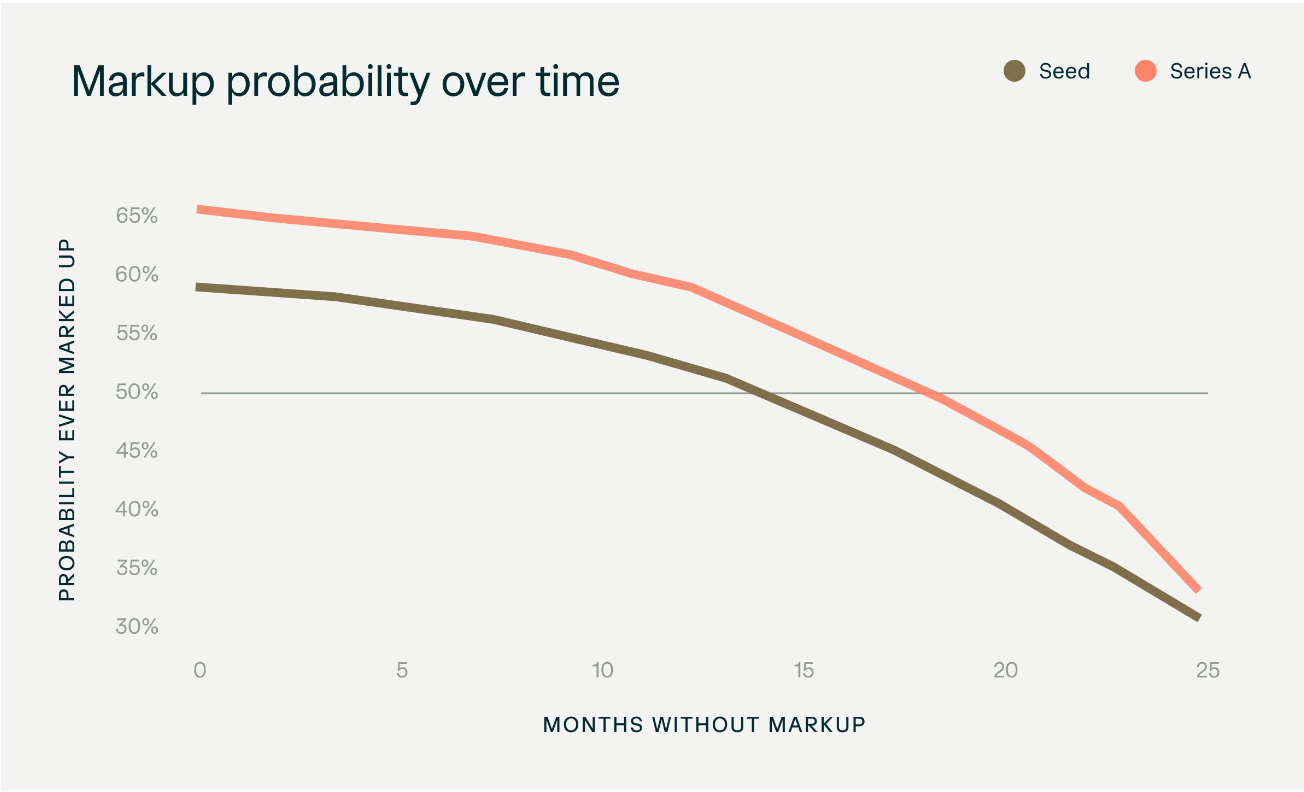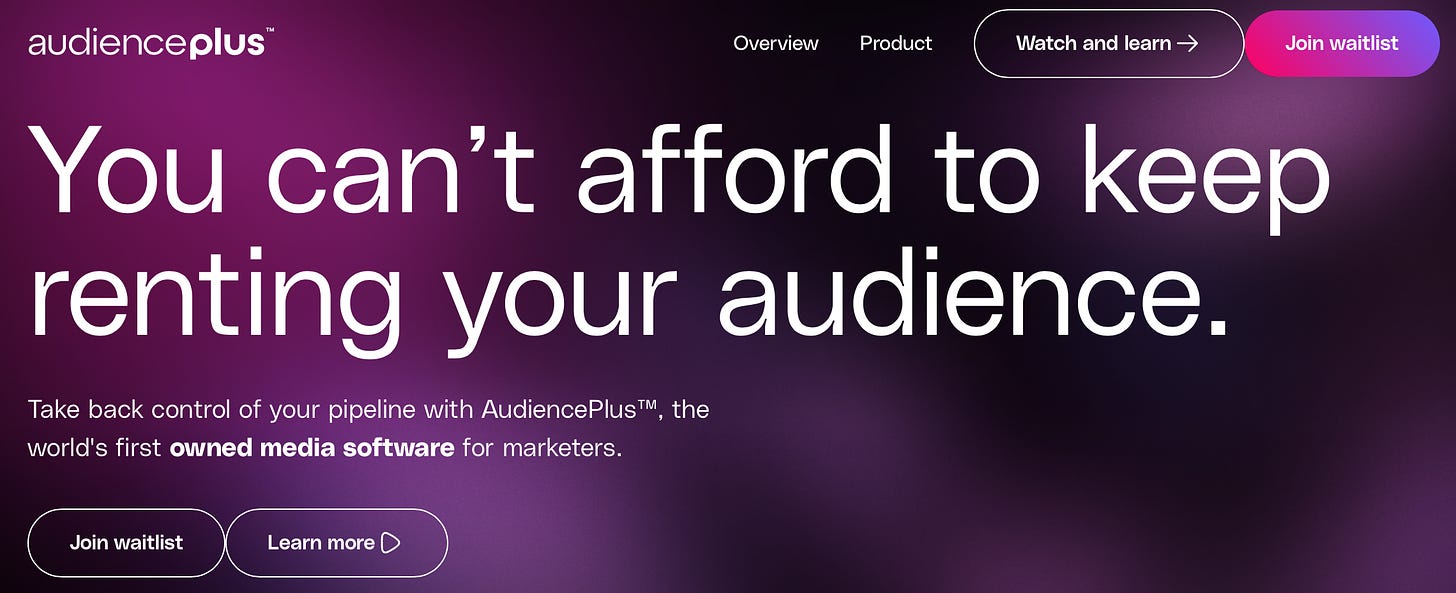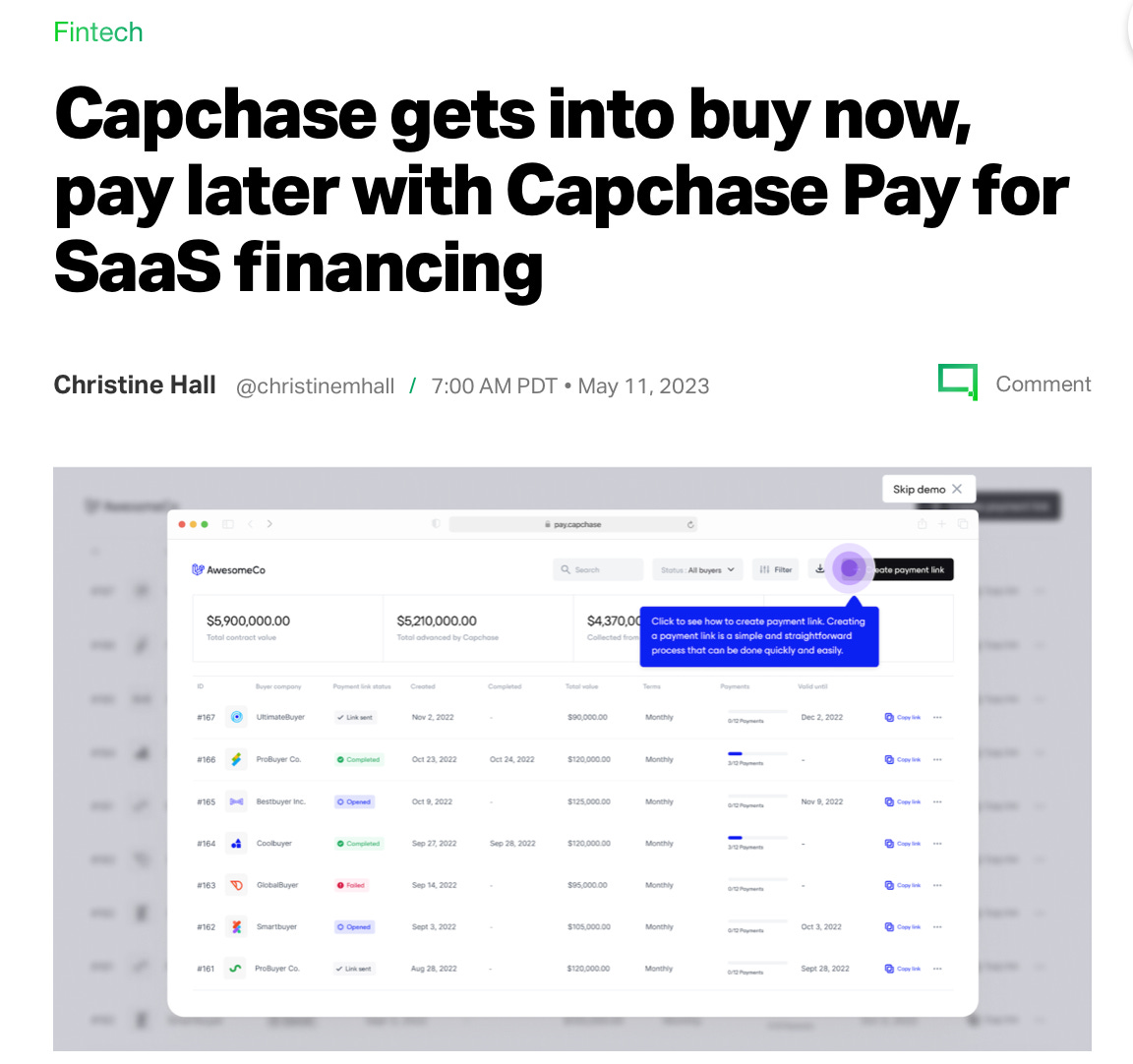It’s been a busy month while the GTMfund has been on the road… and it doesn’t stop yet.
We’re hitting Hong Kong at the end of the month and the momentum has been at an all time high.
Thanks for reading The GTM Newsletter! Subscribe for free to receive new posts and support my work.
This week we flew down to SF to host 140 GTM leaders, founders and VCs to talk about what’s on everyone’s mind:
AI & its impact on the future of GTM.
A couple takeaways:
– Treat AI like “the smartest intern you have”, still needs a LOT of direction
– Nobody is getting replaced (yet), new roles being added and functions evolving
– Rev ops becomes vastly more important
– Lines blur between PLG and direct sales
– Execution and distribution become more important as tech moats dissolve
Also – We’re officially running a GTMfund Giveaway: Share your favourite piece of our content (Newsletter or Podcast) and you’ll be entered to win a pair of exclusive GTMfund Airpod Pro’s.
Sometimes you just have to give the people what they want so this week we have a special guest take the writer’s seat.
This is Part 1 of a 4-Part series of what to know when starting, scaling, selling, and even buying a community.
The GTMfund’s fearless leader, Max Altschuler
Let’s get into it.
Decoding Community with Max Altschuler
We started a trend.
In 2018 we sold Sales Hacker (a media company and community) to Outreach (a SaaS company). Ever since then, there have been quite a few acquisitions of communities or media entities by software companies (The Hustle/Hubspot, Makerpad/Zapier, IndieHacker/Stripe, CMX/Bevy, etc)
I’ve been getting a ton of feedback about how to start, scale, sell, and even buy communities. So here’s my personal point of view on it all.
Starting a Community
I love the expression – pick a niche, get rich. When starting a community, you are the product. You are the moderator, networker, and intellectually curious subject matter expert. You can’t outsource that. A community is only as good as its catalyst.
So if you’re building a community, you need to ask Why You? Is this what you want to dedicate your time to? Is this something you can add significant value to as a topic or network? Are you or can you be the most passionate person on the planet about it? You are now an industry cheerleader for it.
Do you have at least a 4-person network of deeply passionate people who want to participate in deep conversations on this topic? That’s where you can start and expand from there by adding only people who add value and are somewhat connected to this group of people. These are the people you are putting on a pedestal. They essentially become the product and in return, they get exposure which leads to better job opportunities, advisories, board seats, investment opportunities, and more.
You have to keep it feeling exclusive and grow it in a controlled manner with only the very best. As you start to enter the scale phase, growth and quality of product are the only things that matter. Don’t do it for revenue until you have a formidable product.
While you’re not doing it for revenue, you should still think about what this looks like as a business. Who would your sponsors be? Who wants to pay to get in front of this audience? Do that work to find out. Build the spreadsheet. Understand if there’s a consortium with budget that wants this audience to buy from them.
The other thing to figure out here is what are people currently doing instead. Who are the competitors – if not directly, then indirectly (common budget)? When I started Sales Hacker there were conferences and media/community entities that existed, but they were very old school. There was definitely a need for what I was dreaming up. Every one of them were competitors for attention or budget. I knew where they excelled and we lacked, and vice versa.
The key was to understand what your audience and sponsors cared about. Ideally, it’s similar and you can grow 1 thing. Sometimes it’s different and makes it trickier. Your audience might want to be surrounded by other startups going through what they’re going through. But sponsors might want Enterprise attendees. You need to figure out the balance and positioning here.
The other question I get often is where to host your online community. You really have to make a tough choice between rich features built for communities, and network effects.
You can build your community on software made for communities like Salesforce, Mighty, Circle, etc and you will get a better quality product meant for community growth. The software is literally built with community in mind. However, people will have to change their behavior. They will have another window or tab or app to keep open or worse, need to remember to open.
You can build your community on a platform where people already are like Slack, LinkedIn, or Facebook. People won’t need to open a new window. They’ll be notified of new activity. You will likely see more engagement. BUT, you will be sacrificing experience because these platforms don’t have community specific features.
👀 More for your eyeballs:
After 18 Months, Your Investment Probably Isn’t Getting Marked Up. How markups can predict the outcome of a venture investment on a very short time horizon.
👂 More for your eardrums:
Juan George, Co-Founder of ☀️858 Partners and former SVP of Enterprise Sales at Olo, shares his 15+ year journey scaling and taking the company to IPO.
🚀 Start-ups to watch:
Anthony Kennada and AudiencePlus, the team just announced their Beta launch and $5.4M Seed round.
They’ve built a new category of software that enables marketers to take back control of your audience relationships, and by doing so, control of our pipeline and impact on revenue.
Check em out👇
Capchase is also killing it👏 they just released their new product launch, Buy now, pay later with Capchase pay for SaaS financing. Capchase Pay enables SaaS companies to collect the full contract value for their software while also providing their customers with flexible payment terms.
🔥Hottest GTM job of the week:
Freelance Content Marketer at Clarisights, more details here.
See more top GTM jobs here.
That’s it for this week.
Thanks for rocking with us.
Stay tuned for Part 2 on “Growing and Scaling a Community” next week.
Enjoy the weekend.
Barker✌️
Thanks for reading The GTM Newsletter! Subscribe for free to receive new posts and support my work.






